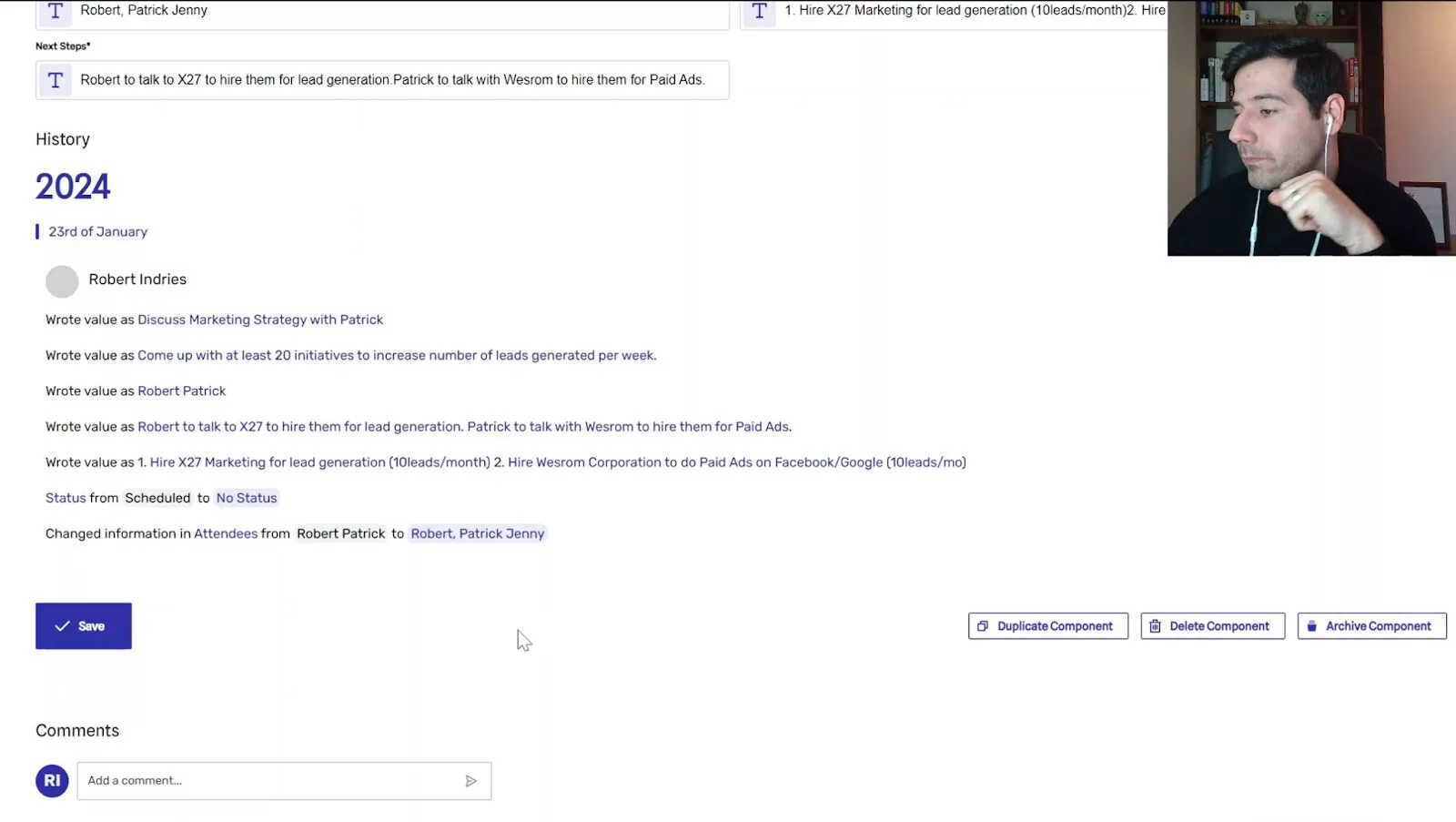How Tasks Work

In the evolving landscape of digital project management, Alvanda stands as a pivotal tool designed to streamline task allocation, execution, and monitoring, fundamentally improving how teams collaborate and achieve objectives.
At the heart of Alvanda‘s philosophy is the conviction that each task must be intrinsically linked to either a procedural framework or a strategic initiative, underscoring the importance of aligning day-to-day operations with overarching organizational goals.
This principle not only promotes coherence and synergy across various departments but also ensures that every action taken is a step towards fulfilling the company’s broader mission and vision.
Adding tasks within Alvanda is an intuitive process, facilitated by a user-friendly interface that allows for the precise definition of task parameters such as its name, assignee, due date, and associated procedure.
This meticulous approach to task creation is emblematic of Alvanda‘s commitment to operational excellence, ensuring that each task is executed within a structured and professional framework.
The platform accommodates a wide array of task types, from strategic planning sessions like agreeing on a launch strategy, to procedural tasks such as holding a meeting, each with clearly outlined steps and timelines.
A distinguishing feature of Alvanda is its innovative task escalation mechanism, which automatically notifies management should a team member miss a deadline, seek assistance, or provide feedback on a task.
This feature not only expedites problem resolution but also fosters a culture of continuous improvement and open communication within the organization.
Moreover, Alvanda‘s capability to track task history and automatically manage workload and time allocation underscores its role as an indispensable asset for time management and reporting.
By eliminating the need for manual timesheets and reducing time spent in meetings, the platform enables employees to focus on the work they find most fulfilling, thereby enhancing productivity and job satisfaction.
In summary, Alvanda‘s sophisticated task management features, combined with its emphasis on procedural adherence and strategic alignment, offer a comprehensive solution for modern businesses seeking to optimize their operations.
Its automatic escalation and feedback systems, alongside advanced tracking capabilities, not only streamline project management processes but also contribute to a more engaged and efficient workforce.
How To Create Tasks Step-by-Step in Alvanda
For a detailed explainer video on how Tasks work within the Alvanda Platform watch the below tutorial:
Continue reading for the written version of this Step-by-Step guide:
- Log in to Alvanda from the top menu on the website (if you don’t have an account, you can schedule a free demo at any time).

- Click on the Tasks button on the left hand side panel.

- From this page you can add a new task by clicking on the New Task button, on the right hand side.

- A new window will appear where you can add the Task details, such as the Task Name, Description, the Assignee, the associated Procedure, Due Date, and the Estimated Time it might take to complete the task.
Here you also have the option to set the task as recurring and choose how often you wish for it to recur.

- Once you filled in all the fields you can either Create & Save (1) and the task will appear in the assignee’s Tasks List, or, if the task is for yourself, you will also have the option to Create & Start (2) and start working on it straight away.

- Whatever you choose, the task will appear in the assignee’s Task List, as shown below.
This is where you can see all the Tasks that are Overdue, due Today, or due Later, as well as that colleague’s entire Tasks History together with all other relevant details.

- If you want to go into the task itself, then click on the task it will open up in a new screen.
Here you will see all the details related to the task as per the pre-defined Procedure it was associated with, such as the Steps to completed, the estimated time each step should take, Guidance on how to complete each step, and any Components (deliverables) that should be created, if there are any.

- If you’re having issues or difficulties with completing your task, you can ask your Manager for help or you can give them feedback on the process by clicking the Help & Feedback button on the top right corner of the screen.

- By clicking the Help/Feedback button in the top right corner, a new window will open, where you can reach your manager.
Once you click Send, your direct Manager will receive an automatic message letting them know you either need help with a specific step of a process or that you have feedback on it.

- Once you or anyone in your company completes a Task, all the details about your work, including any deliverables that resulted from it, will automatically be centralized in the Task History Section.

- If you want to learn more about any completed task, by clicking on any of the tasks in the Task History Section, you will be able to see details such as when the task was created and completed, what colleagues were involved, what procedures it were followed, and so on.
You can also leave comments and have discussions on the task with your Team Members.


- On this screen you can also see all of the Components that were created or modified whilst completing this task. Clicking on any one of the Components will take you to the details page of that specific Component, where you can see a chronological record of every single change done to the component, and the persons responsible for the changes.

- If at any time you need a reminder on how Tasks work, you can use the Tutorial button in the top right corner (1).
And if you need help with any specific question or you want to give us feedback, please use the button in the bottom right corner (2)

I hope this step-by-step guide was helpful and you’ll be able to add and manage your team’s tasks in no time!
Robert Indries
Founder
Start developing a hub for business process excellence that eliminates inefficiencies & guesswork.
Similar Articles
 6 min. read
Featured
6 min. read
Featured
Planning Strategic Roadmaps
 3 min. read
Featured
3 min. read
Featured
Inviting Team Members
 5 min. read
Featured
5 min. read
Featured
How To Define Positions
 5 min. read
Featured
5 min. read
Featured

Don’t forget to share!